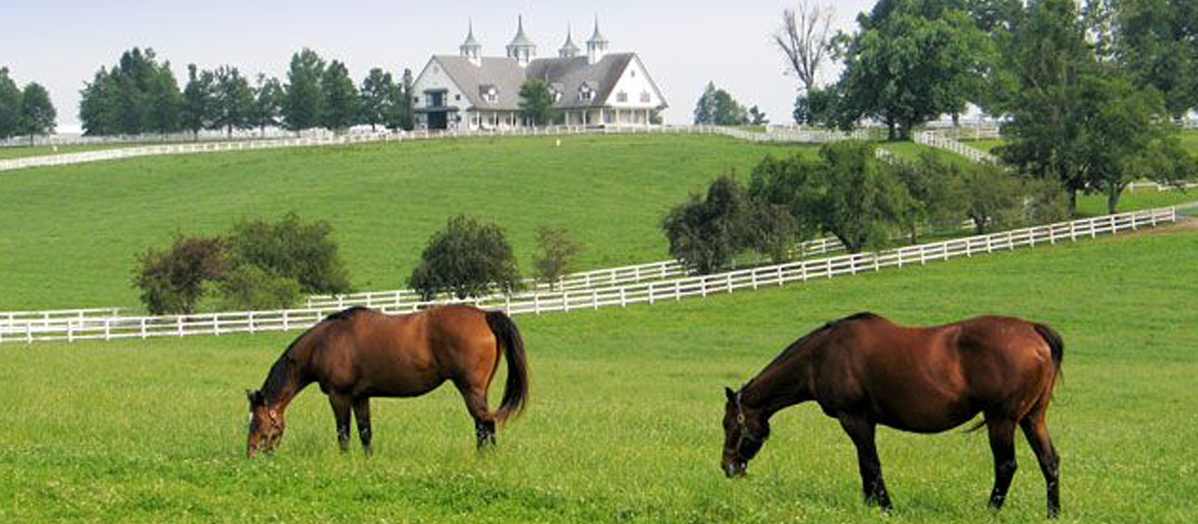365 Days in Horse Country - The Canadian...... eh?
May 6th, 2013
365
Days in Horse Country – The Canadian…… eh?
In 1665, when
Canada was still a French colony, Luis the XIV sent the struggling settlers a
shipload of sixteen horses. In 1670, he
sent another shipment. The French horses
that arrived on Canadian soil were of Norman, Breton, Arab, Barn, and
Andalusian breeding.
Life was
harsh in colonial Canada, known as New France at the time, and t ...







